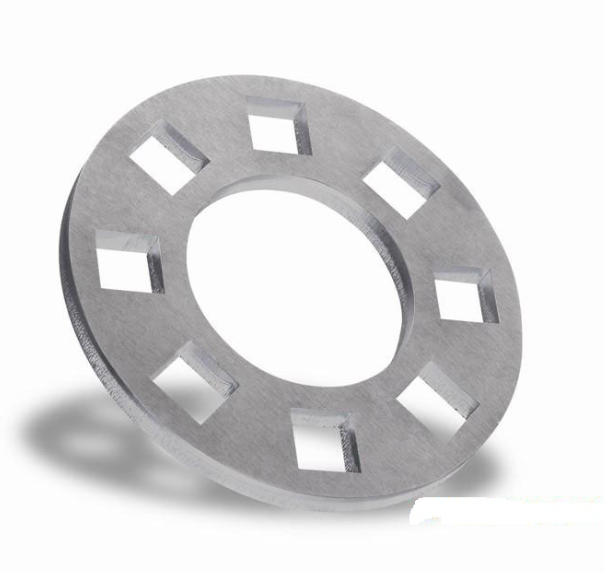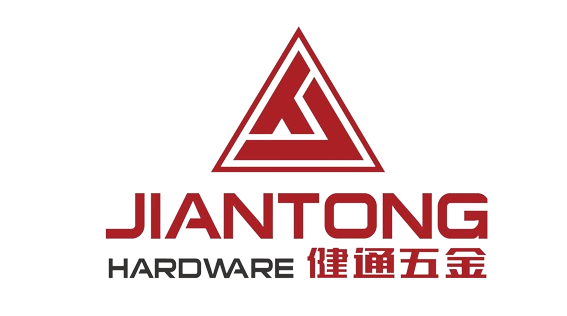Key points of die design for stretching process:
1. Radius of convex and concave dies
If the radius of the convex die is too small, the material flow resistance is large and it is easy to cause rupture; if it is too large, the material under the blank holder may be suspended and wrinkle. If the radius of the concave die is too small, the material flow is difficult and it is easy to tear; if it is too large, the blank holder area is reduced and it is also easy to wrinkle. Generally, it needs to be reasonably determined according to the material thickness, stretch coefficient, etc.
2. The gap between the convex and concave dies
If the gap is too small, the friction between the material and the die increases, which is easy to scratch the surface of the workpiece, reduce the life of the die, and may also tear the workpiece; if the gap is too large, the workpiece precision will be reduced and wrinkle. Usually, the gap value should consider the material thickness tolerance and the stretching process requirements.
3. Selection of mold materials
It should have sufficient strength, hardness, wear resistance and toughness. Commonly used mold steels include Cr12MoV, etc., which should be selected according to factors such as production batch and properties of the stretching material.
4. Design of blank holder device
Appropriate blank holder force can effectively prevent wrinkles. The edge holding device includes spring, rubber and air cushion type, etc., which should be selected reasonably according to the tensile force, mold structure, etc.
5. Demolding mechanism
Ensure that the stretched part can be smoothly ejected from the mold to avoid deformation of the workpiece or damage to the mold. Demolding methods such as ejector pins and push plates can be used.
- Xisanli Village,Nanpi County, Cangzhou City, Hebei Province, China



